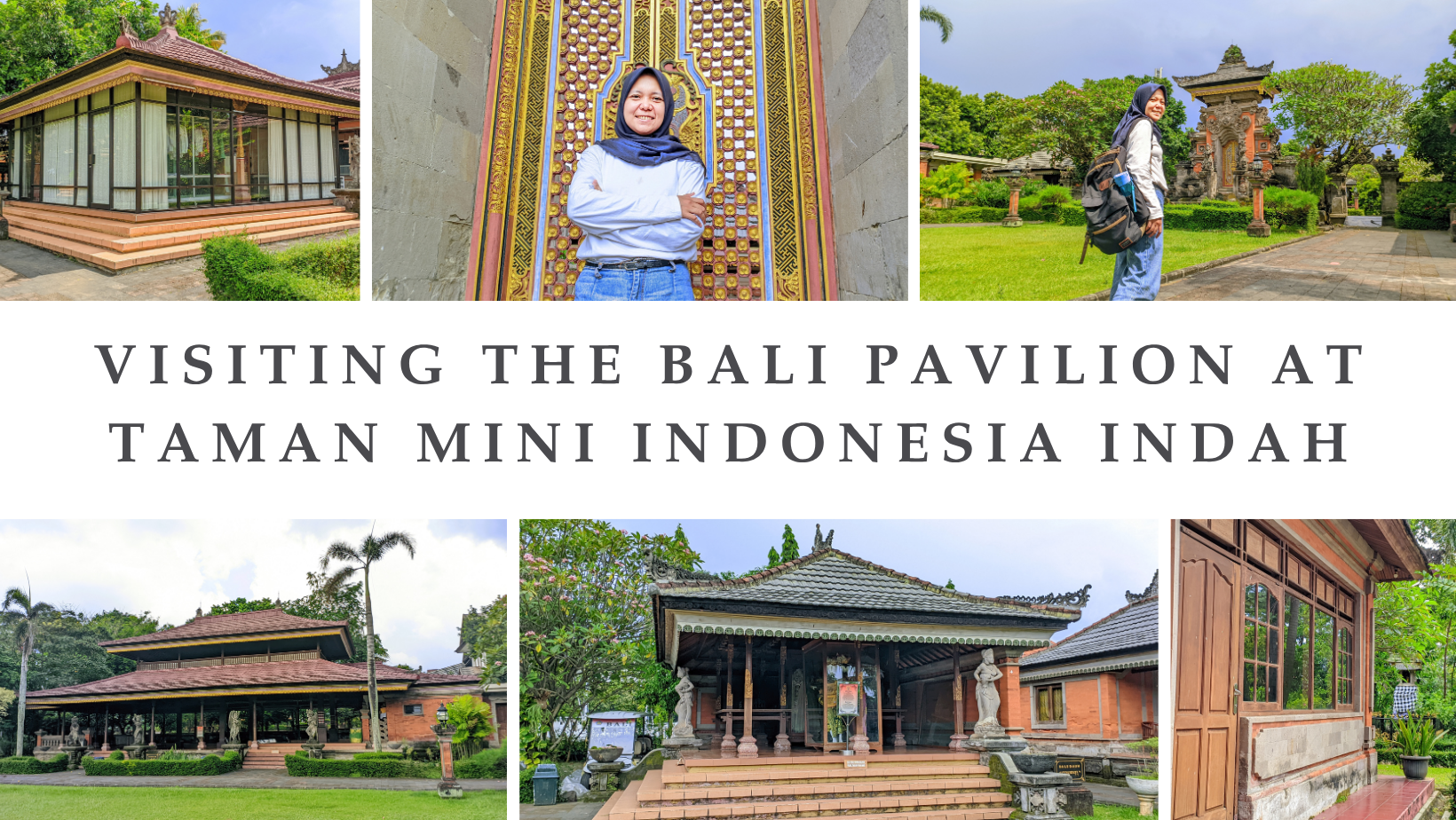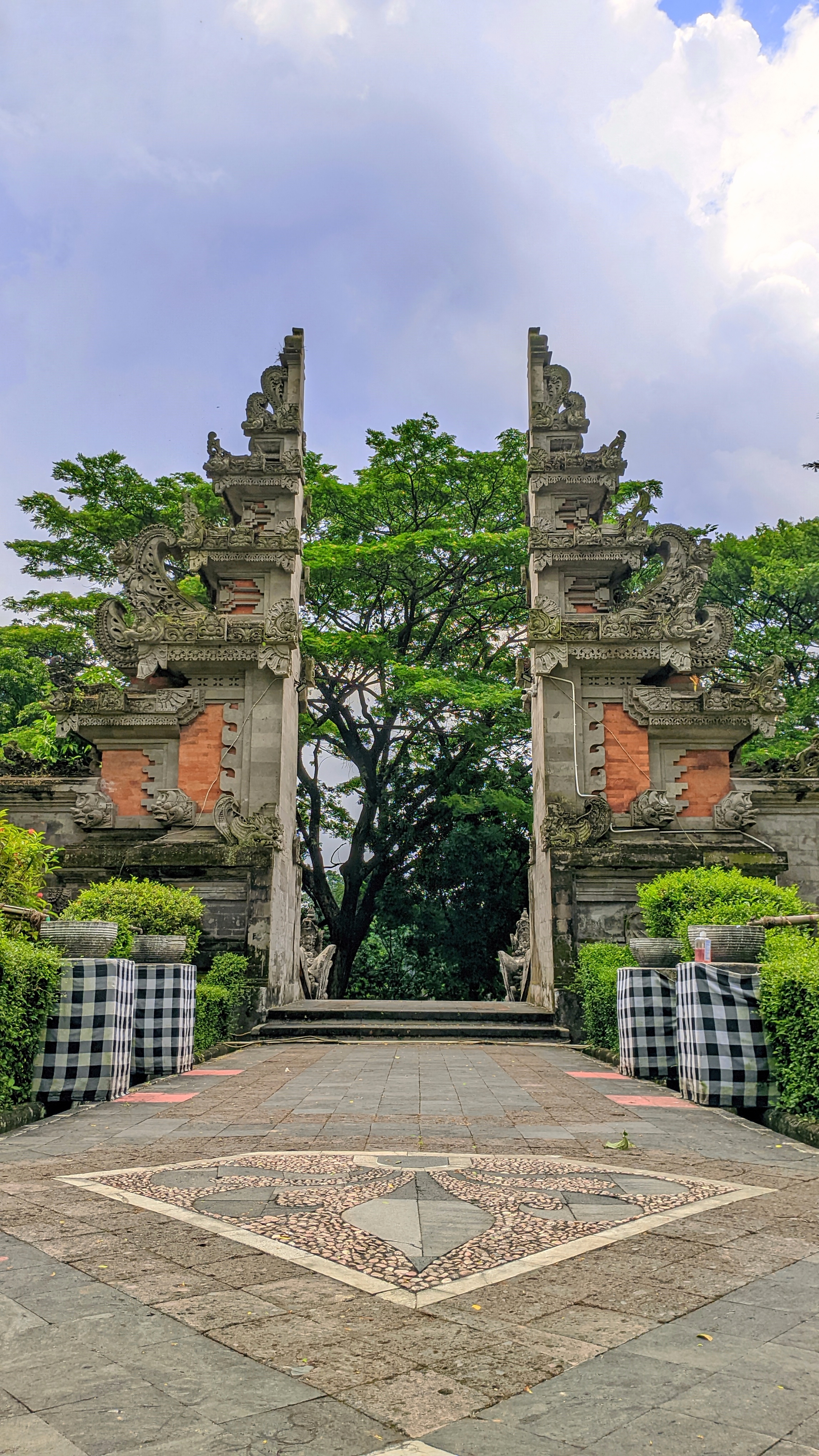
Hello everyone, how are you? I hope you're all well. I visited the Bali Pavilion at Teman Mini Indonesia Indah. Bali is one of the most beautiful islands and a popular tourist destination in Indonesia. The Bali Pavilion has a special appeal, with its buildings possessing unique values and philosophies.
We'll begin by witnessing traditional Balinese housing, showcasing architectural patterns that reflect the Balinese values of Trihita Karana. So, what's inside the Bali Pavilion? First, we'll enter the Candi Bentar (Bentar Temple), a twin facing structure known as the Belah Gate.


![]()
![]()
Picture by Nurdiani Latifah
Next, we'll enter the Balai Bengong (Bengong Hall), a windy space located on the left side of the courtyard. There's also the Balai Wantilan (Arts Hall), and the Balai Paruman (Paruman Hall), a meeting place for Balinese residents.
Another hall found at the Bali Pavilion is the Balai Rangki (Rangki Hall), which serves as a storage area for religious ceremonial equipment and a venue for various traditional ceremonies. Bali is renowned for its various traditional ceremonies.
![]()
![]()
Picture by Nurdiani Latifah
There are many halls in this Balinese pavilion, including the aling-aling hall, located behind the koli agung (the sacred hall). It serves as a deterrent, including to ward off evil elements from the house. This philosophy serves as a foundation for negative thinking, which should not be allowed to enter the home.
The Balinese architectural pattern itself is taken from the Kosala-Kosali palm leaf manuscript, reflecting the Trihita Karana philosophy. Trihita Karana refers to a harmonious relationship between humans and God, humans with humans, and humans with God. The Balinese pavilion covers an area of 6,632 square meters.
That's all I can tell you about the place I visited. There are many halls here, each with a different function. What do you think? Is it the same as what I'm thinking?
![]()
![]()
![]()
![]()
![]()
![]()
Picture by Nurdiani Latifah

About Author
Posted Using INLEO